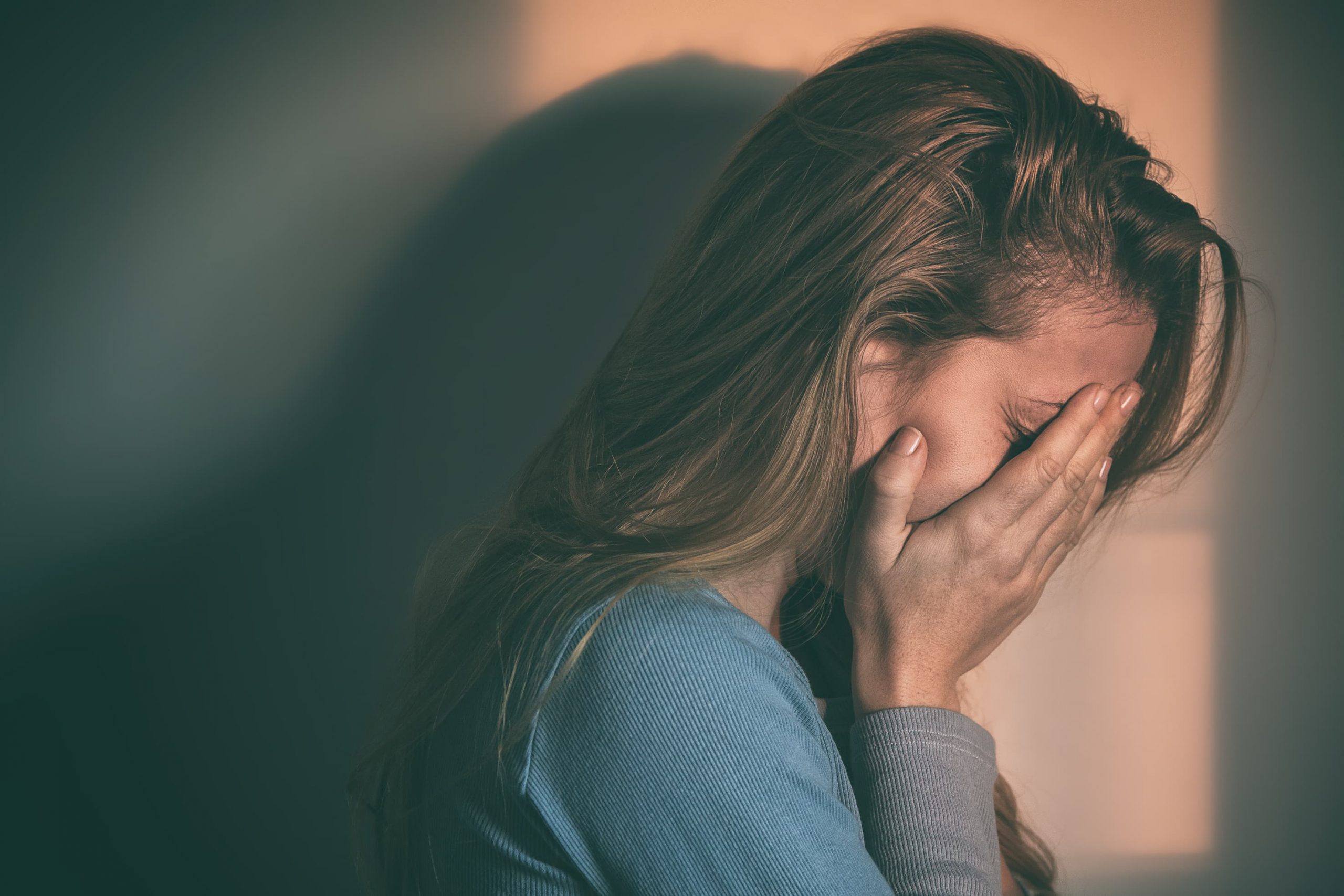

Treatment for
Roxycodone Addiction
The American medical system is in an unstable state of transition, and this has had many unexpected effects on the general population. Because of reforms in healthcare, and its payment system, many doctors and clinics are finding themselves overwhelmed with new patients and new systems of administration. Because of this, there is often a push in medical treatment to get patients out of the clinic quickly, and one of the fastest ways to do this, especially for people that may not have severe medical problems, is to issue a “quick fix.”
For many doctors, encountering a patient with a medical problem that is not life threatening, but is causing discomfort can be easily taken care of through the prescription of painkillers. Painkillers can nullify a huge variety of conditions and discomforts, or, at the very least, stop the patient from feeling the discomfort. Unfortunately, many painkillers, even though they are legally prescribed, can be addictive when taken in the wrong amounts, or for too long a period of time. Roxycodone is one of those painkillers, and there are many people in America who are now in serious need of treatment.
Call today at 877-284-0353 to have your rehab questions answered confidentially by an addiction expert.

What Is Roxycodone?
Roxycodone, also spelled “Roxicodone” is a painkiller that is often prescribed for moderate to severe pain. Because it has emotionally “soothing” properties, it is sometimes also administered prior to certain types of surgery both to negate pain, and to reduce feelings of fear or anxiety.
Roxycodone is an opioid analgesic, meaning that it has been designed and synthesized in labs primarily to relieve pain symptoms. Under normal circumstances, the drug is administered in pill form, and, unlike other painkillers such as oxycodone, can take effect quite quickly, which is one of the reasons that it has grown in popularity, and justified a need for Roxy rehab in Florida.
It’s classified in the United States as a “Schedule II Drug,” which means that, under the United States Controlled Substances Act, this drug is confirmed as having legitimate medical uses, and subsequently can be prescribed to individuals at the discretion of a medical professional. However, the drug is also recognized as having a potential for abuse and addiction and is known to cause physical and/or psychological addiction. Because of this, treatment is a growing need in America thanks to the widespread use—and unintended addiction—of the drug.


Roxycodone Addiction
Once a person becomes addicted, it’s critical that the people around them have a clear understanding of the nature of the problem and the signs of addiction. And so we’ve listed several signs of addiction below:
Roxycodone falls under the opioid class of drugs, meaning that it is a lab-created substance designed to mimic the effects of naturally occurring “opiates,” which are drugs derived from opium, which has well documented pain-killing properties. They can become highly addictive because of their effectiveness in reducing pain. Their ability to create an emotional sense of “euphoria” or well-being, and their ability to “trick” the nervous system into becoming dependent on the presence of the drug in the system, creates a real physical “craving” or appetite for the drug similar to food or water, which then requires treatment.
Unfortunately, as with many prescription drugs, addiction often occurs in the most innocent of ways. A doctor will prescribe the drug for legitimate medical reasons, usually to ease physical pain. If the drug is taken for too long, addiction can occur because of a number of causes.
A “plateau effect” can also occur where, as the user develops a tolerance to the drug in the body, it becomes less effective at killing the pain. This may encourage users to increase the dosage in order to maintain effectiveness, which also increases chances of addiction. Physical addiction can also occur if the user takes the drug for too long a period of time, encouraging the body to rely on the presence of the drug in the system.


Treatment Options
Successful Roxy rehab in Florida occurs when people make the decision to get serious, professional treatment. There is a critical detoxification period required to “flush” the substance from the body, so as to better take on the challenge of breaking the physical addiction component.
From there, intensive treatment and individual therapy help addicts recover by addressing secondary emotional or psychological conditions that may have contributed to a reliance on Roxycodone. New coping strategies, relapse prevention techniques and group support all play important roles in treatment, eventually carrying on outpatient support that helps recovering addicts to re-enter their daily life with a new commitment to remain free from substance addiction.



